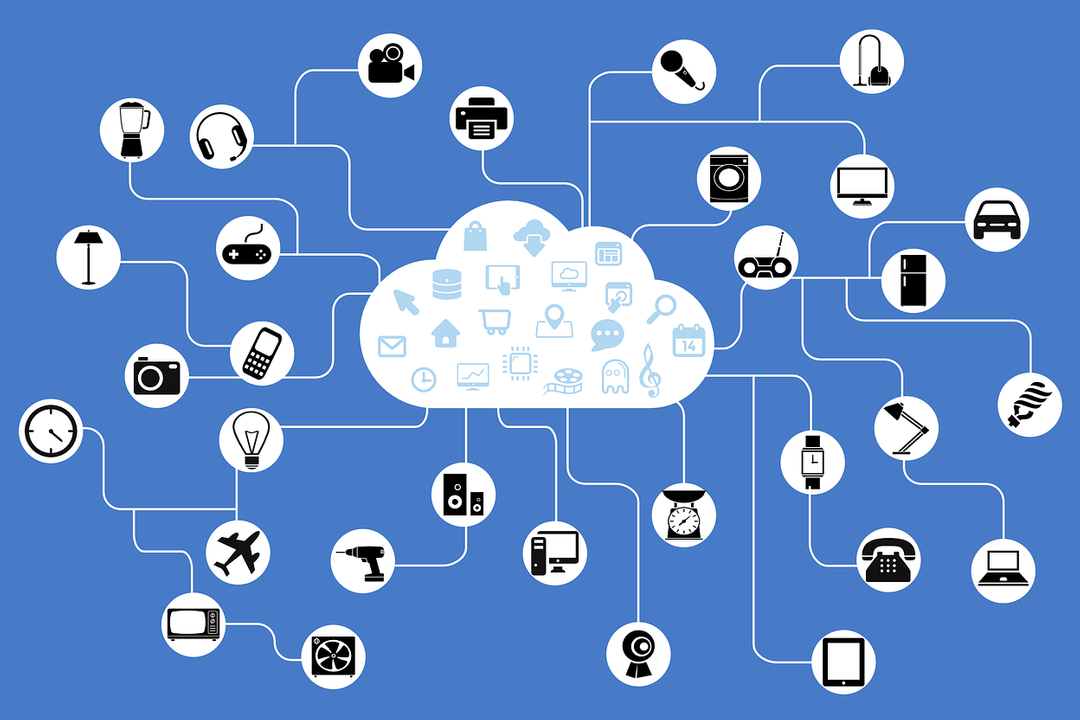As the IoT industry advances and the number of connected devices across the world grow, there are arising acute challenges that engineers have to deal with. The internet of things continues to reshape various industrial processes and in the not so distant future it promises to change the way we look at technology itself. But how viable is it in practical terms?
Currently the IoT landscape extends to tech based industries only and the four major challenges in this field are:
- Developing technologies that are not highly dependent on power consumption
- Integrating current technology into an IoT based landscape
- Ensuring customizable technology that can be introduced to suit industrial requirements
- Creating a network that supports heterogeneous assets
While there are a score of other issues that plague the IoT industry, these are the primary problems that prohibit the technology from moving forward. So, in this article we will discuss the nuances of these problems and the various industry grade solutions that can be developed for each.
Power consumption
Power is not simply a budget factor. While it is true that the IoT landscape is unable to become cost effective due to the amount of power that IoT based devices use, there is also a very strong environmental factor that must be kept in mind. And when we are talking about non-consumer based devices, i.e. industrial devices that use IoT technology to provide technological progress, the environmental factor often overcomes the budget factor.
However, this does not mean that the budget factor is to be forgotten. So, be it an IoT based industrial tracker or a simple consumer grde remote control, the amount of power consumption needs to be reduced to a great extent.
Top engineering minds across the world have turned to Bluetooth technology as a solution to this problem. BLE (Bluetooth Low Energy) is a newfound technology that allows for less power consumption in devices. However, in order to turn this into an industry grade solution is still a step that developers have been largely unable to take. Engineers are currently looking at developing further Bluetooth based powering technology that will allow for a horizontal solution to this problem.
Tech integration
While ensuring that a single piece of technology can be IoT powered is almost no hassle at all in the current landscape, the problem arises when a complete business infrastructure needs to be upgraded. Business processes are unique and require knowledgeable human monitoring to ensure that they function at optimum standards. And for many process any fall from optimum standards might result in loss of billions of dollars. As a result, most businesses are not ready to upgrade their entire infrastructure to support IoT based technology.
Current developers are looking at creating robust and highly capable UI based technology as a solution to this problem. The more intuitive the UI is the lesser problems a human employee will have while migrating to it. So, as of now to entirely rule out human involvement in IoT based industrial processes are an impossible task. However, the process can definitely be eased to provide a sense of smoothness while integrating entire business processes to the Internet of Things.
Industrial customization
The IoT industry has evolved in two separate ways. The first is to provide packaged ready solution to problems for an industry and the other is to create highly nuanced solutions that only fit singular industrial requirements. However, as we all know, the answer lies in the ability to create a middle path where ready solutions can be easily customized to meet a large array of industry requirements. And as of now, this is one of the biggest challenges that developers are facing worldwide.
When it comes to processes such as ERP (enterprise resource planning) or CRM (customer relationship management), IoT has been a revolutionary addition. And while almost every industry is dependent on these processes, they all have specific needs that must be met. And this is where the middle path becomes important, the lack of which also adds to the implementation time requirement.
As of now no solid answer to this problem exists. Customers are expected to either suit their needs to off the shelf IoT products or have one developed from scratch. But it is expected that developers will soon be able to find customizable modules for industrial requirements.
Heterogeneous Network
There are two acute problems within this sector that need to be addressed in order to ensure that a plethora of devices can be connected to a singular IoT network. These are management of product categories and management of product variations. This is somewhat tied to the customization problem but not in the sense that it needs to suit industrial needs. Rather it is the separate stream of technological progress that the IoT technology must be mindful of.
For example if one is trying to develop an IoT powered industrial drill they must also understand that the drilling industry is constantly developing upgraded versions and variants of the same drill. As a result the IoT solution that will be integrated into this technology must also be open towards accepting these upgrades.
And on the other hand most industries put to use different variations of the same technology for different purposes. So the idea of developing IoT enhancements for each of them is not a cost effective solution to say the lease. Both accuracy and performance also need to be kept in mind while developing the solutions that suits multi-variant industrial devices.
All of these problems have a singular essence, i.e. the world of technology is moving at a speed that is unexpected by most and thus any integrated solution must also match its pace. While the IoT is indeed a breakthrough when it comes to tech landscapes, the ability of it to fit industrial standards across the board is something that is yet unachieved for the most part. However, with development in AI and machine learning modules, the future surely looks brighter.

